I promised a more frequent update schedule, so here are some more pictures!
After our visit to the Great Wall we moved on to the 13 Ming dynasty Tombs (míngshísānlíng 明十三陵).
The Ming Tombs had their location and design designated by the Yongle Emperor of the Ming Dynasty, and to date they hold the remains of 13 of the Emperors of the Ming Dynasty as well as their wives and concubines. The tomb we visited was Dingling, the first tomb to be excavated using archeological documentation and methodology in China. As a result, the tomb is in excellent shape and many of the artifacts recovered are in good shape.
The interior of the tomb itself is amazing, and it was where I first really felt the weight of history during my trip to China. The outer vestibule had a large memorial to the Emperor buried in the tomb, the Wanli Emperor. Many of the Chinese tourists who had come to see the tomb had thrown money onto the memorial slab, similar to how Americans throw coins into fountains.
The burial chamber itself was filled with replicas of the large lacquered red boxes that served as the coffins for the Wanli Emperor and his two wives as well as their burial possessions. While not the most impressive sight Beijing has to offer, this was quite moving for me. To be able to stand in the burial chamber of a man who once ruled over one of the largest countries in the world at the time is humbling beyond words.
Outside, we were greeted by the Soul Tower, a pavilion housing a large stone stele. The pavilion itself is entirely constructed of stone painted to look like wood, which is quite fascinating considering the building itself has stood for over 300 years.
Next up: Pictures from the Beijing Zoo, including the ubiquitous Giant Panda.

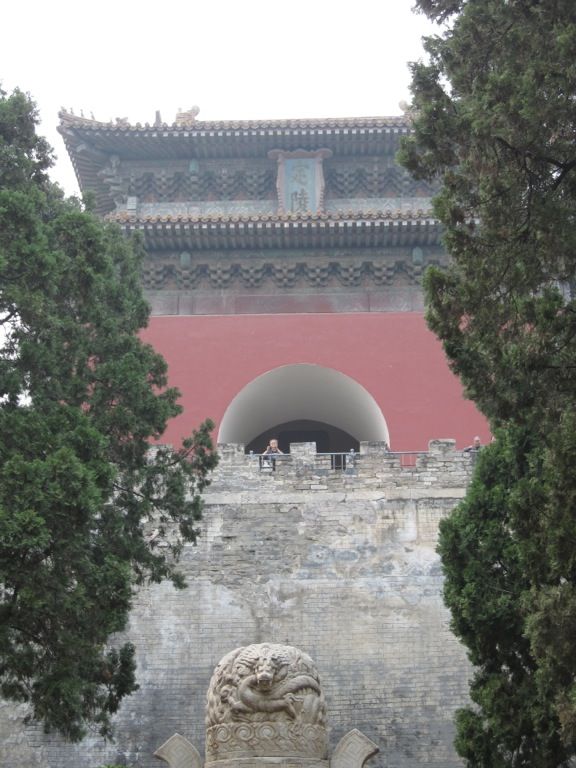

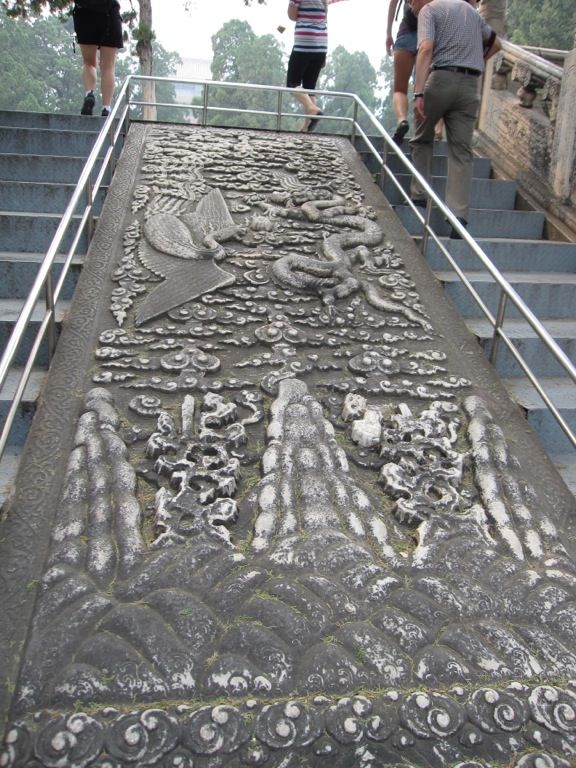

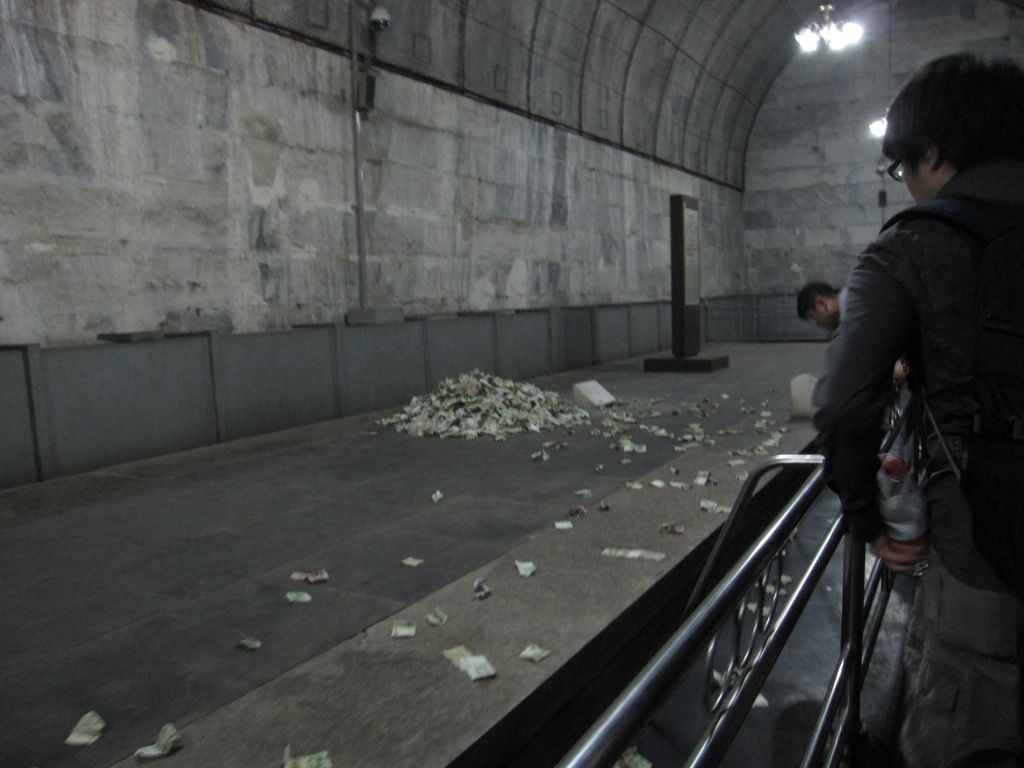

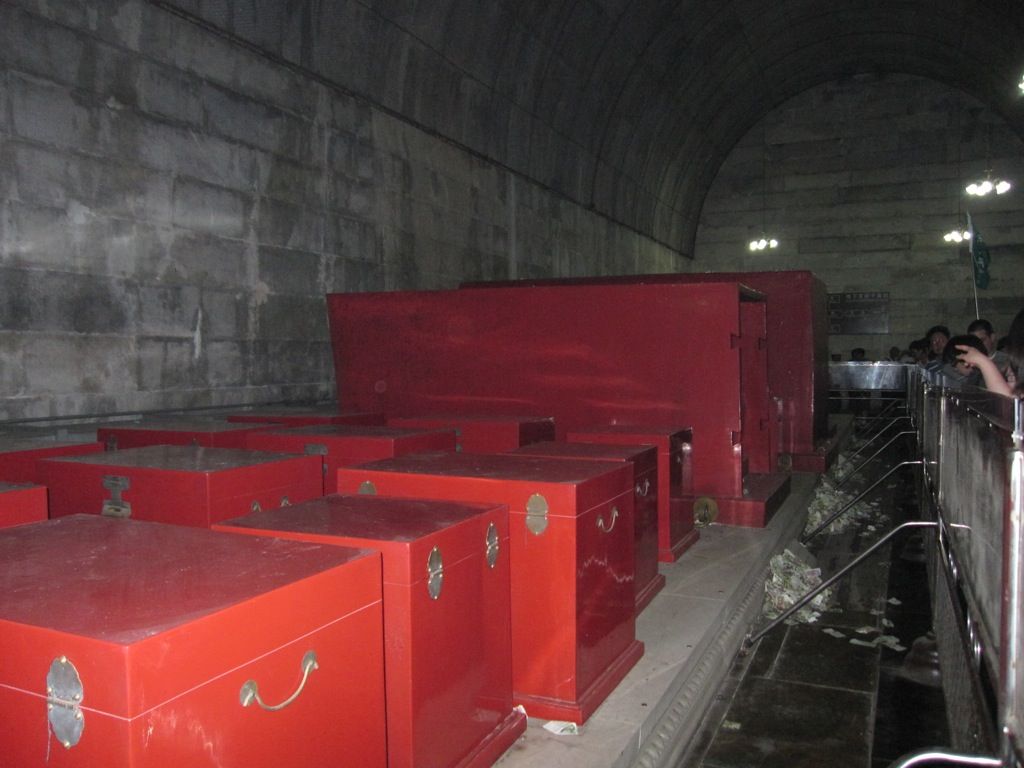
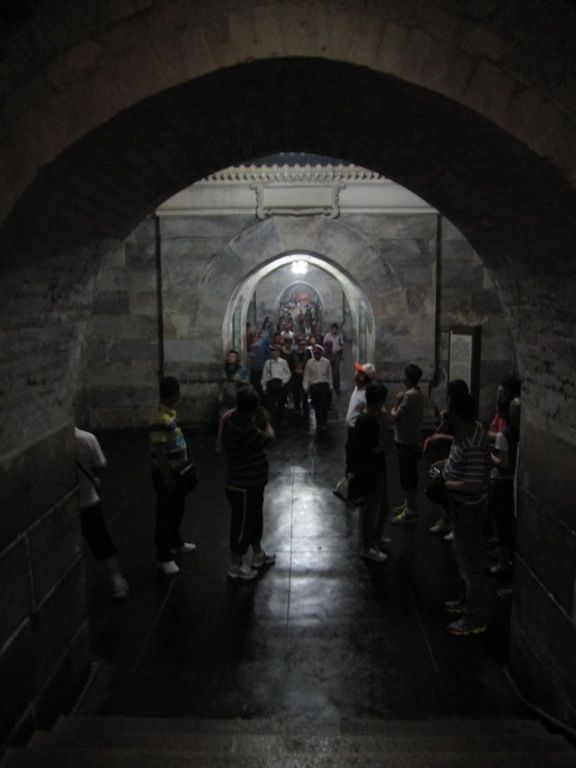
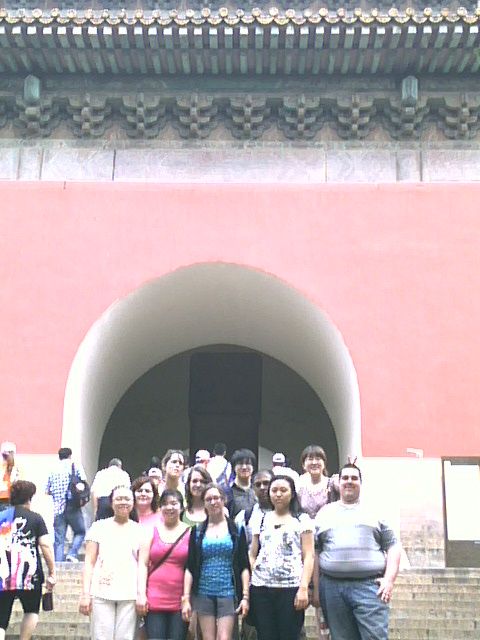
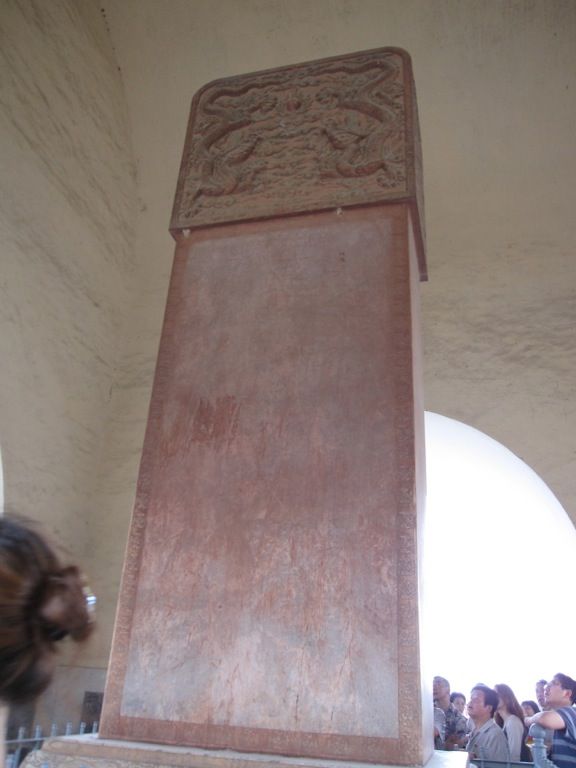
No comments:
Post a Comment